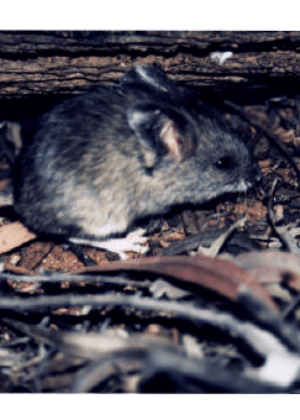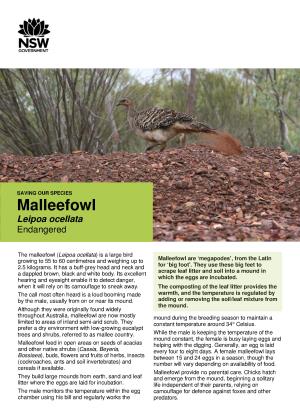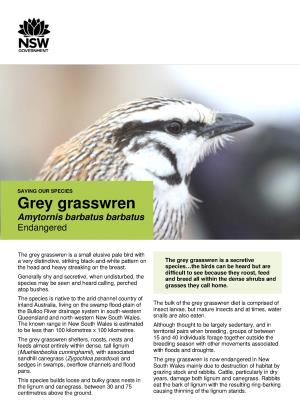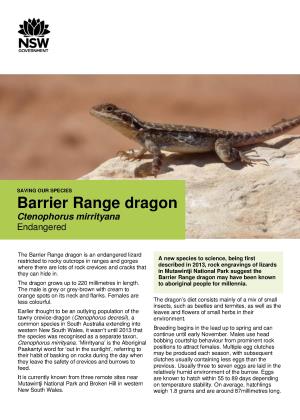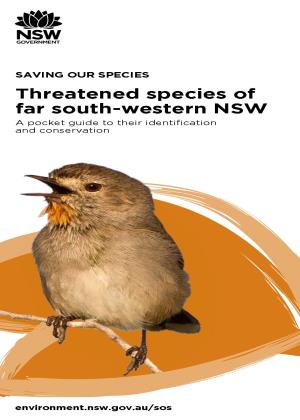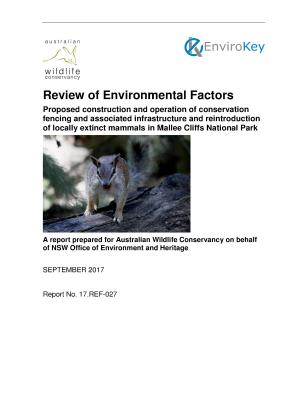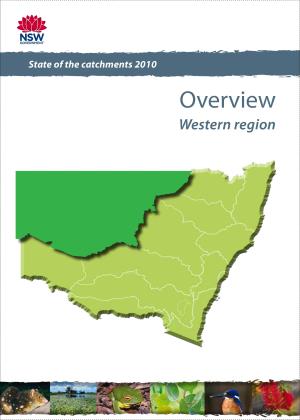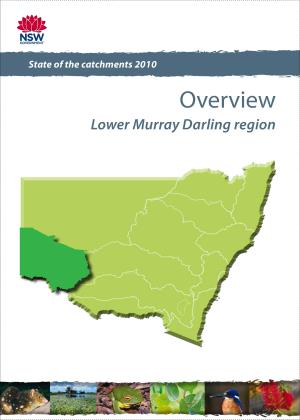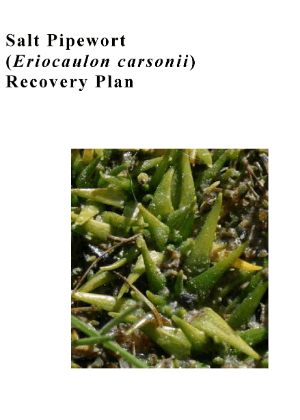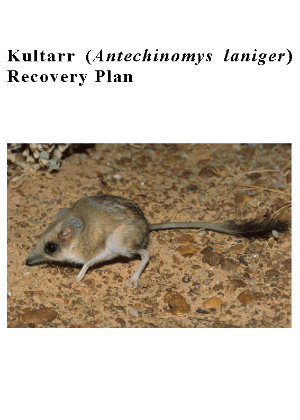The present distribution of Pseudomys bolami (Bolam’s Mouse) is restricted and includes arid and semi-arid areas of southern and western Australia (Kitchener et al, 1984; Ayers et al., 1996; Moseby and Read, 1998). In NSW, it is now known only from the extreme south-west, and the species was probably always marginal in western NSW (Dickman, 1994).
A number of authors contend that the species has declined in distribution. It was abundant in the Murray-Darling junction area in the 19th century (Wakefield, 1966). One individual was recently trapped near Mungo National Park (M. LeBreton, pers.comm.), however previous surveys along the Murray River and adjacent National Parks failed to locate any specimens (Simpson, 1973; Tidemann, 1988). Bennett et al. (1989) state that P. bolami has disappeared from the Sunset region of South Australia and Victoria, and subfossil evidence exists of a once wider distribution in South Australia (Robinson et al., 2000) and NSW (Atlas of NSW Wildlife, 2000).

